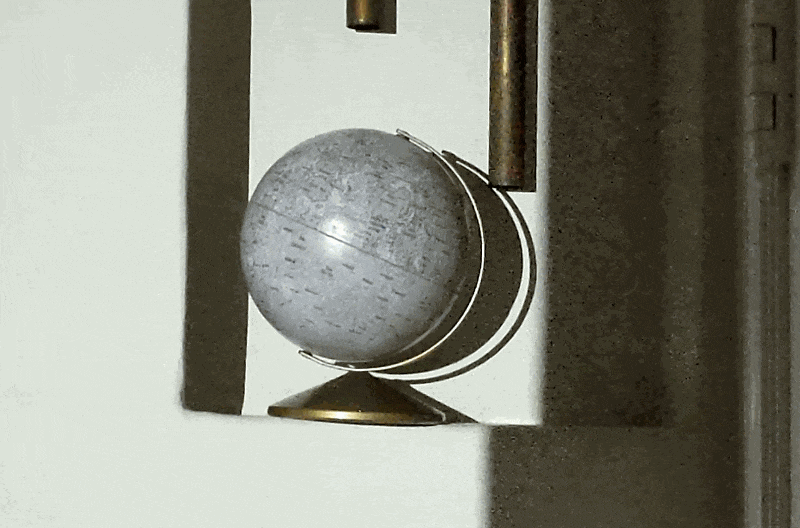21
Flat Earth Theory / Re: Latitude and longitude - please enlighten me
« on: June 19, 2020, 02:09:14 PM »Just to make my position clear .
I am not taking a FE or RE stance on latitude . A survey of length of successive degrees of latitude along a meridian , with respect to the pole star , will give a clear indication of the shape of the land . It's just geometry . If you don't know the distance to the pole then it can be calculated from those results .
This is the point , the results are determined by measurement not theory. Any coordinate system will give unique values to each point but if want them to conform to the real shape of earth then you have to deduce that shape .
No, I get that. I think I understand your position well enough. Without wishing to put words in your mouth, I'd say you were happy enough to accept my proposition 1) - that you can use latitude/longitude in either model to pinpoint an exact position and as for 2) potentially you can determine whether or not you can calculate accurate distance from latitude/longitude, well then, that can be checked/investigated by taking survey measurements along a meridian.
As I said, I was hoping to get a range of opinions from flat earthers on 1) & 2) separately, but not much engagement so far.


